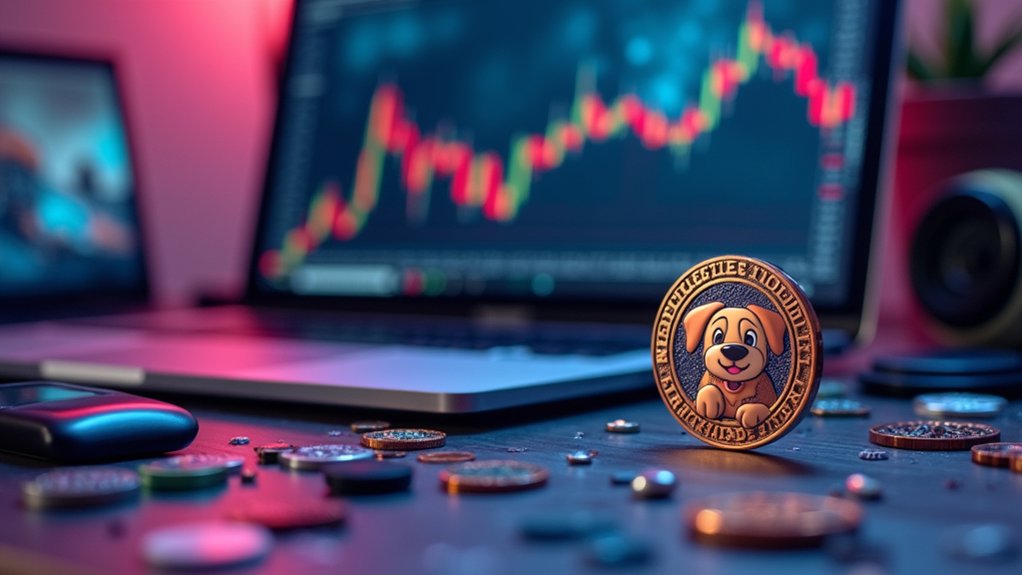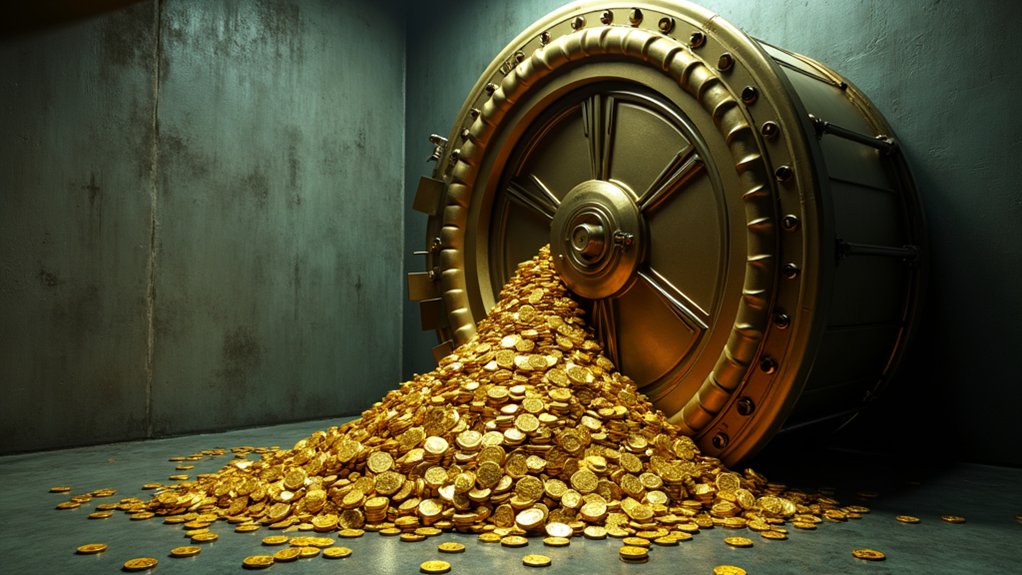What exactly are meme coins, if not the latest parade of speculative charades masquerading as legitimate cryptocurrencies? Born from internet memes and digital jest, these tokens often flaunt their origins as punchlines rather than pioneering technological feats. Yet, dismissing them outright overlooks how some have cunningly woven NFT integration into their ecosystems, attempting to cloak themselves with the veneer of innovation while sidestepping substantive blockchain utility. This superficial marriage to NFTs, though often more cosmetic than functional, exposes a deliberate strategy to tap into the zeitgeist of digital collectibles without delivering meaningful value beyond transient hype. In the United States, agencies such as the SEC have increasingly scrutinized these assets due to their classification as securities, which introduces complex regulatory challenges.
The regulatory challenges confronting meme coins, however, are neither trivial nor easily evaded. Authorities like the SEC have spotlighted their inherent volatility and speculative excess, underscoring a glaring lack of intrinsic worth or practical application. This absence renders them fertile ground for manipulation, from pump-and-dump schemes to outright fraud, creating a perilous minefield for unsuspecting investors. Regulatory bodies remain caught in a reactive posture, grappling with the balance between stifling innovation and shielding the public from financial carnage, while meme coin promoters brazenly exploit loopholes and the chaotic nature of decentralized finance. For instance, Thailand’s Securities and Exchange Commission banned meme coins in early 2021 due to their lack of clear objectives, highlighting global regulatory concerns about meme coin risks. Many meme coins rely heavily on viral marketing and fan mobilization to gain rapid popularity despite lacking fundamental value.
Despite these glaring deficiencies, meme coins have undeniably shaken the crypto landscape by mobilizing vibrant, humor-laden communities whose collective enthusiasm propels ephemeral market surges, often detached from any rational economic underpinning. The spectacle of viral trends and celebrity endorsements fueling these tokens should provoke skepticism rather than blind participation, as their meteoric rises are frequently matched by precipitous collapses, leaving many clutching worthless digital memorabilia. In this theater of absurdity, the onus falls squarely on investors to decode the charade and demand accountability from an ecosystem that too often trades substance for spectacle.









